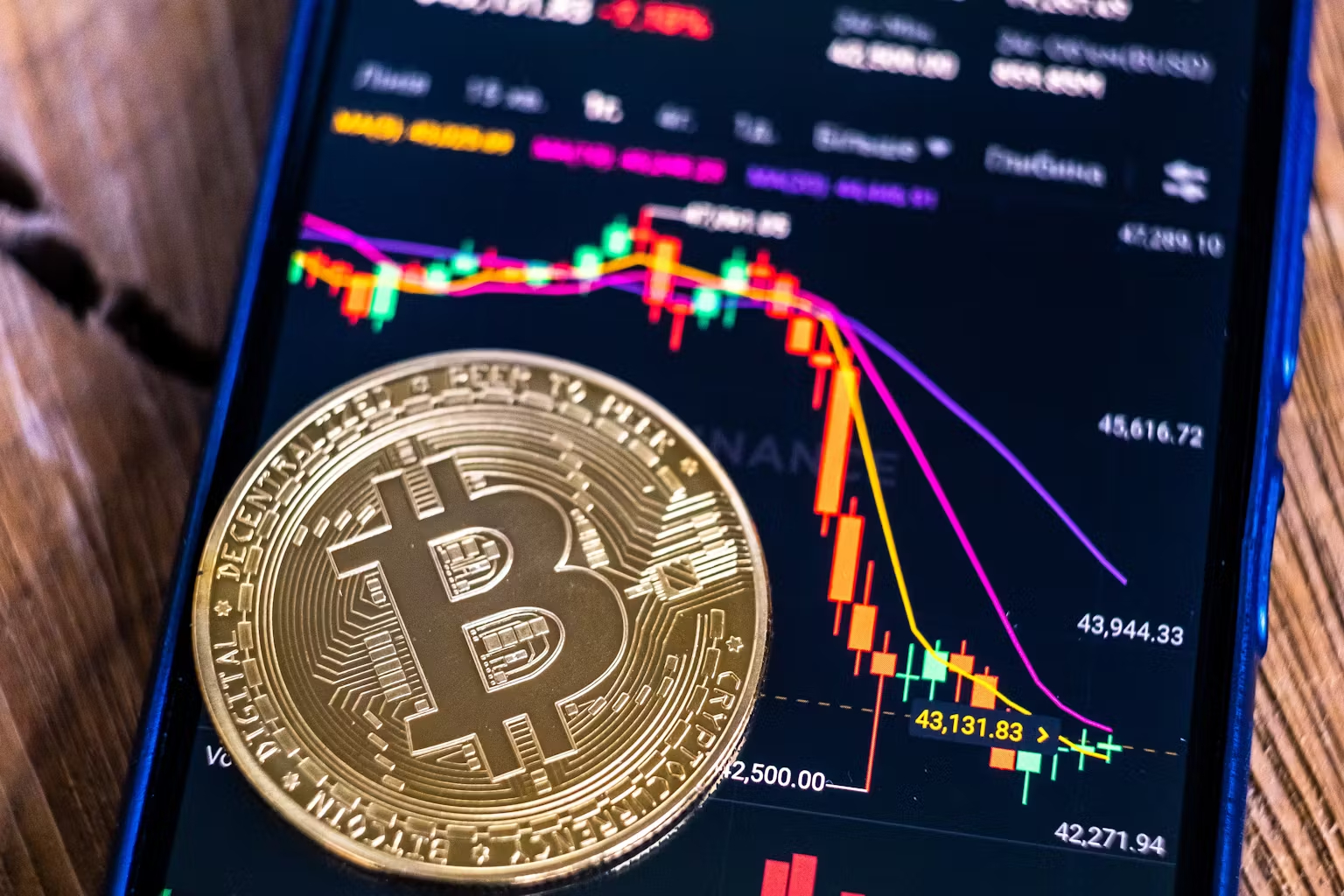The crypto market is navigating a renewed phase of uncertainty as Bitcoin (BTC) trades near $103,700—its weakest level since June—amid macro headwinds and sector-specific stress. At the same time, privacy-oriented assets are bucking the trend, suggesting a reallocation of capital within digital-asset portfolios.
Market Reaction
Bitcoin is down approximately 3.5 % over the past 24 hours, with its 24-hour trading volume hovering around $38.9 billion. The broader market is reacting to the confluence of a stronger U.S. dollar, rising yields and a tightening liquidity backdrop that has weighed on risk-assets. Within this environment, privacy tokens are posting outsized moves: for example, top tokens in the “privacy” category are showing 24h gains ranging from double-digit to more than 50 %, with one data snapshot showing Dash up +51.4 %.
From an investor’s perspective, this dynamic signals a possible rotation: when the flagship asset weakens, capital appears to seek alternative niches within crypto. That shift may reflect both tactical responses by traders and deeper structural tendencies toward assets with perceived independence from standard asset-class correlations.
Regulatory & Structural Implications
Privacy-oriented cryptocurrencies, by design, emphasize anonymity and transaction opacity—a feature that has repeatedly placed them at the center of regulatory scrutiny. The fact that they are rising now, even as the broader market contracts, raises questions: are traders speculating on regulatory arbitrage, or is the move simply technical arbitrage? The broader “privacy” category now boasts a market cap of around $24.4 billion, with roughly $6.4 billion in 24-hour trading volume.
For institutions and professional allocators, these trends raise governance, compliance and counterparty-risk questions. If privacy tokens increasingly decouple from mainstream crypto flows, the ecosystem may suffer a fragmentation of liquidity profiles, making these assets potentially less suitable for prime-brokered or custodial participation. Strategic allocators may thus treat them as marginal exposures or hedges rather than core holdings.
Investor Sentiment & Strategic Behavior
From a behavioral lens, the surge in privacy coins could reflect a “flight‐to‐niche” mindset: when broad-based risk assets falter, subsets that promise differentiation and lower correlation become intellectually attractive. That said, the strength of the move does not necessarily imply fundamental support—liquidity in niche tokens tends to be shallow, and reversal risks are high.
For sophisticated investors, the key strategic question becomes whether this is simply a short-term momentum trade or the early stage of a structural tilt toward decentralized, privacy-enhanced digital assets. If the latter, we may see increased “alpha hunting” in under-capitalized, regulatory-boundary assets. If the former, the risk is that once broad sentiment improves, capital will flow back into mainstream assets and leave privacy coins vulnerable.
Looking ahead, traders and institutional frameworks should watch both the macro backdrop—especially the U.S. dollar index and liquidity conditions—and on-chain signals such as wallet flows and derivatives positioning. Any break below $100,000 for Bitcoin could increase stress in correlated altcoins, but may also further fuel interest in alternative segments. At the same time, regulatory decisions—particularly in jurisdictions targeting privacy coins—could sharply influence valuations and liquidity.













https://shorturl.fm/4xQbA
https://shorturl.fm/6L5RO